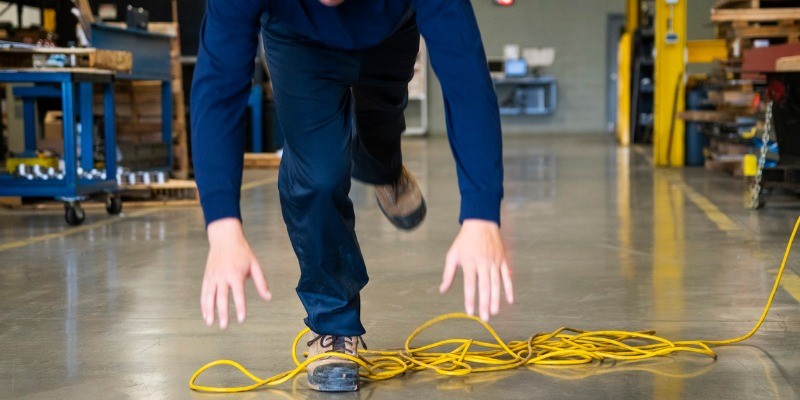
Workplace injuries can be alarming for the injured party and their employer, who may have previously believed that the workplace was safe. Both parties need to know who is liable for an injury at work and what needs to happen next. Here’s a short guide to the basics of liability for work related-injuries but remember that talking to a lawyer is always a prudent course of action for the employer and employee.
First Consider Workers’ Compensation
Workers’ compensation is mandatory for almost all businesses in Canada. The injured employee should be able to start a claim under worker’s compensation to get any medical or other costs associated with the injury covered. Negligence or fault is not considered when a worker’s compensation claim is made. Whether the employee or employer was at fault, the employee still has their immediate costs met.
By virtue of using worker’s compensation, an employee typically gives up the right to sue their employer. After all, the insurance covers the costs that the employee would be seeking in a lawsuit.
Was There Negligence or Unfulfilled Responsibilities?
The employer has some responsibilities that they must be fulfilled after an accident or they could be sued by WSIB or the employee themselves. These responsibilities include reporting the injury, continuing to pay the employee’s benefits, returning them to work when they are able, and more.
While typically an employee cannot sue an employer, they may be able to in specific cases where the employer may have been negligent in their cuties to prevent workplace accidents. It all depends on the specific circumstances of the accident, so speaking with a lawyer is best.
New Court Rulings
Directors of a company are not automatically covered by worker’s compensation insurance in certain provinces, such as Alberta.
Recently, the director of an Alberta corporation was brought to suit by the Worker’s Compensation Board (WCB) for a workplace injury. The court did determine that a corporate director can be held liable for such an injury and found the defendant’s corporate director responsible for the specific injury of their employee.

This means that a director of a corporation could be held responsible for their employee’s workplace injury. It is wise for corporate directors to first, ensure the company has properly trained joined health and safety committee (JHSC) employees, purchase the additional insurance from the WCB which reflects this, keep up with their safety obligations, and refer to a lawyer for additional ways to reduce their liability.
Employers in other provinces would be wise to do the same, in case they become the case that sets the precedent for corporate responsibility for workplace injuries in their own province. Being aware of this here in Ontario is an important tool as court rulings such as this may soon be considered precedent.
Protect yourself and your employees by updating their safety training today. For all of your Health and Safety Training, contact the experts at Bullivant Health + Safety.
Sources:
https://www.thebalancesmb.com/guide-to-workers-compensation-insurance-2947112https://contelawyers.ca/injured-at-work/
https://www.legalline.ca/legal-answers/employers-responsibilities-if-a-workplace-injury-occurs/
